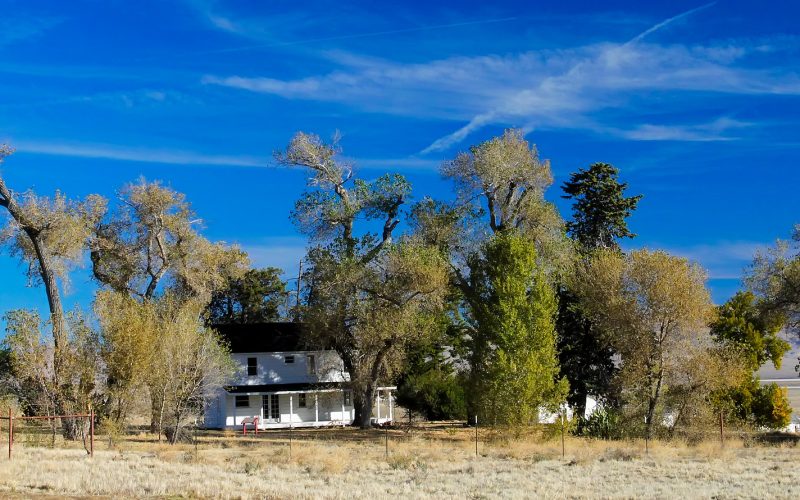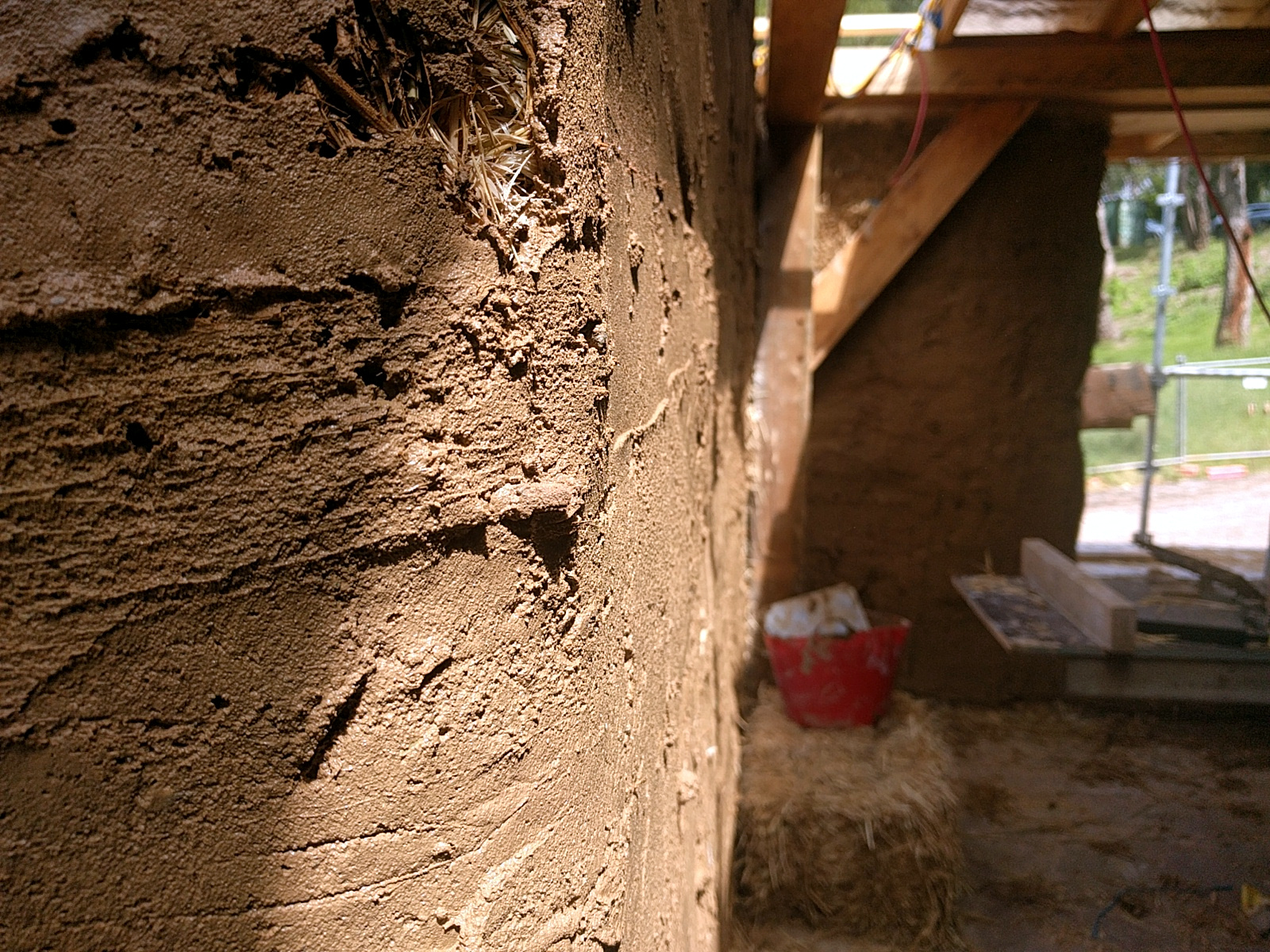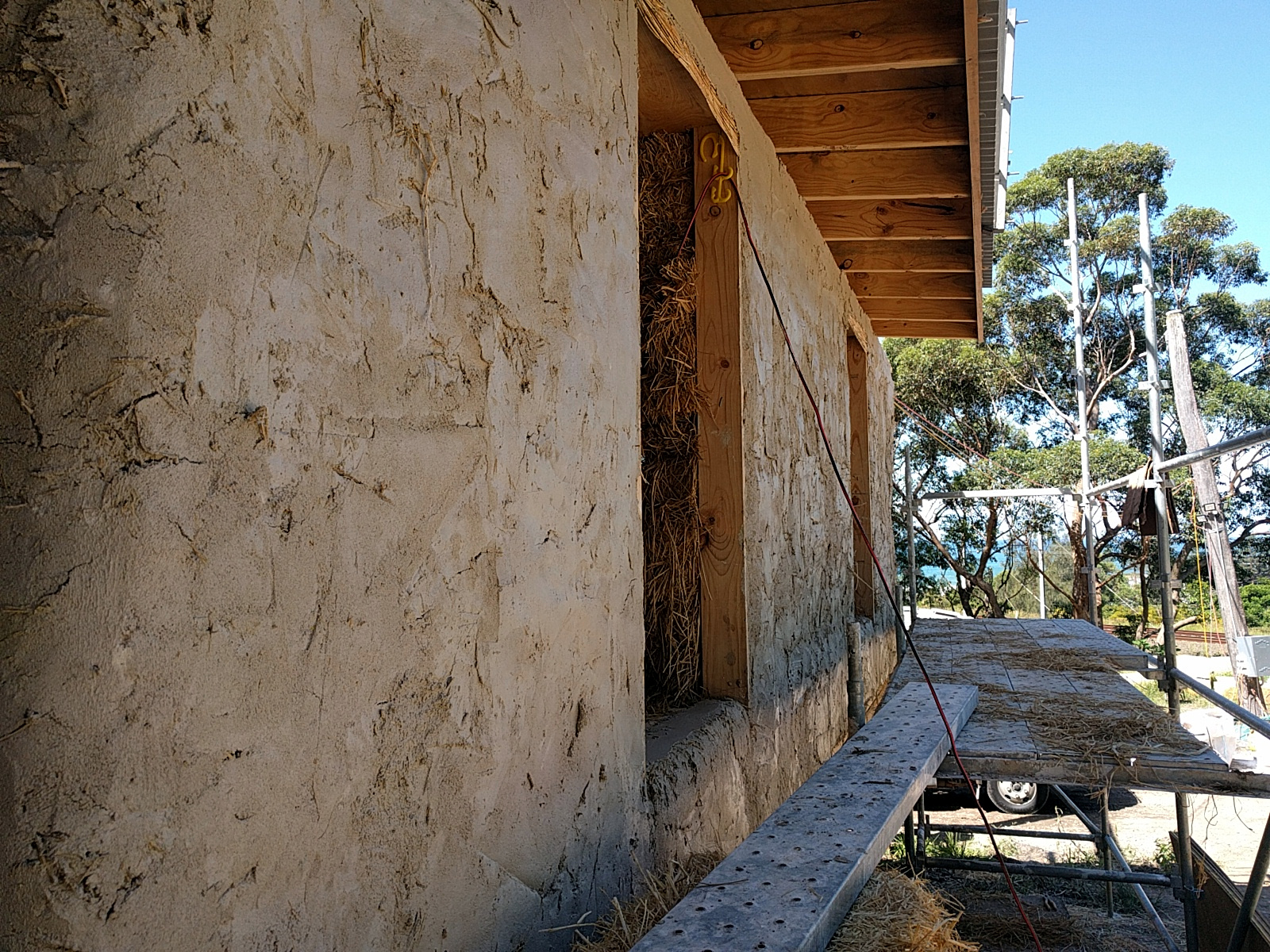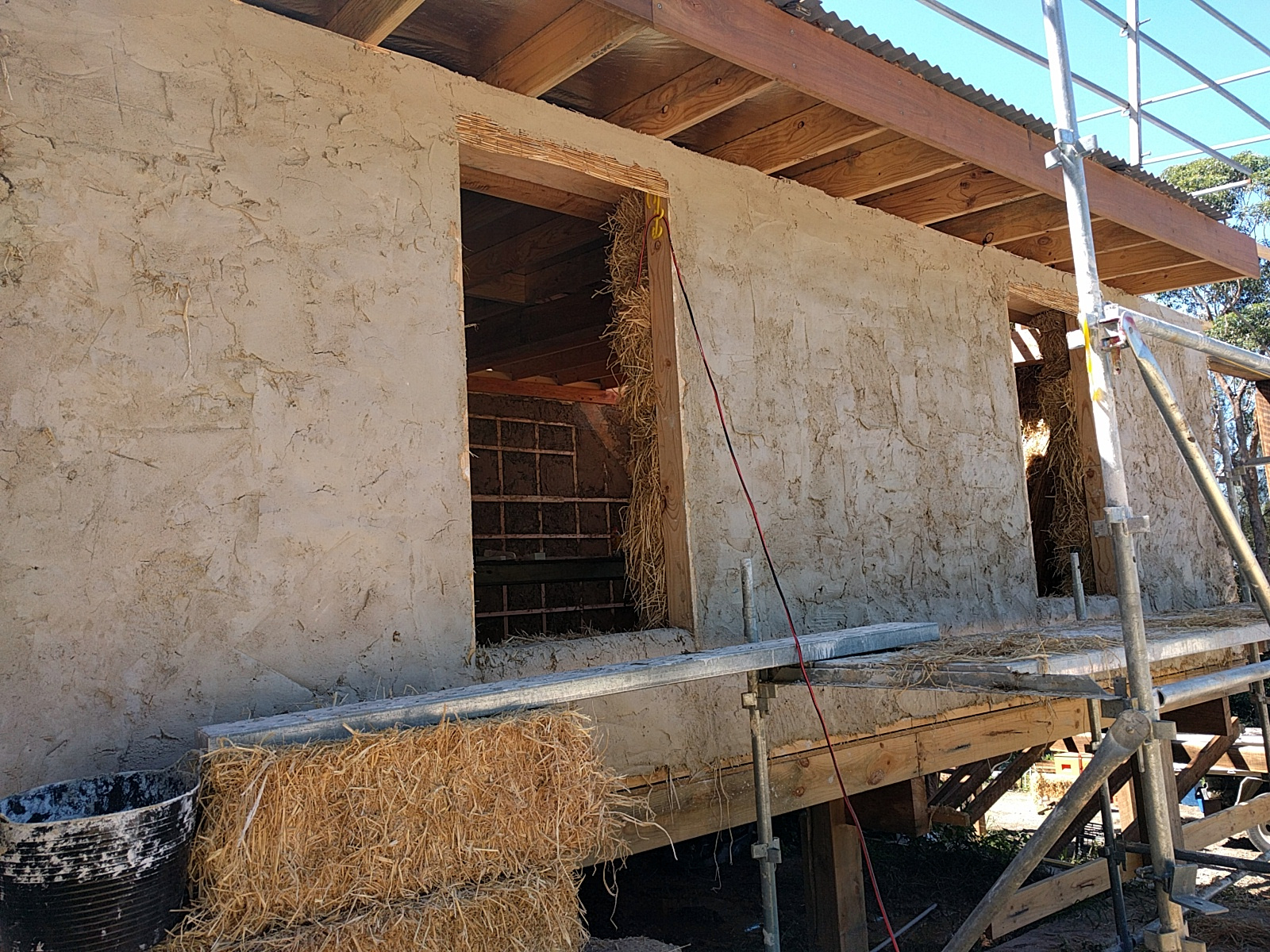Whenever I think of an energy efficient house, I tend to think of the amount of power it needs to be heated or cooled. However, energy efficiency starts a long way before the actual occupation of a house. It starts with studying the location, the orientation of the house, thinking about windows and construction materials, and only ends with heating and cooling appliances.
Building a sustainable house is often (if not always) linked to energy efficiency so I want to take some time to talk about energy. This post is a starting point for every reader and aspirational builder (including myself) interested in sustainable building techniques. I base it primarily on the ‘Reader’s Digest Back to Basics – A practical guide to old-fashioned self-sufficiency‘ by Phillip Rodwell (editor).
Location, location
I’ve posted before about the first step of thinking about building a house: getting to know the location. When talking about energy efficiency, understanding the location of a house matters.
The first obvious question is the local climate: what region are you building a house in, cold and dry, hot and humid, coastal, inland, with or without seasons? The local climate already determines the style of building needed. For example, a house in a cold climate will have to keep its occupants warm in winter while a house in a tropical climate needs to keep potential heat gain to a minimum.
The next factor to consider is the microclimate of the location. For example, which orientation does the property have? While this information is most easily gained through on-the-ground observation, it might also be helpful to contact neighbours and other locals. Vegetation, topography, and local weather will also give an indication of the building design required.
Orientation
The orientation of a house will greatly contribute to its energy efficiency. Large windows facing the sun will contribute to higher internal temperatures in winter. Proper orientation will also mean less sun exposure in summer. Any decent building designer or architect should be able to calculate the sun exposure of a house. For Australia, this guide by the government initiative Your Home should give you a good starting point.
In line with the sun exposure of a house comes the question of existing vegetation and topography. Both could impact sun exposure, sometimes substantially. For example, a large tree could be limiting the winter sun coming through a window. In our current location, an escarpment in the west means that the winter sun sets around 4 o’ clock.
Building materials
After considering the location and orientation of the house comes the question of building materials. Thermal mass will store and release heat over a long period of time while timber and insulation require less energy to heat up. Materials with high thermal mass are mudbrick and concrete, brick and stone, and water. These materials are best used inside the house.
When choosing building materials it is important to choose according to the climate. External and internal thermal mass is excellent for heat storage in cool climates. A concrete floor which gets good sun exposure in cold months will also act as thermal mass. However, masonry materials can be tricky when there is not enough sun exposure in winter because they will require more energy to heat up. Good insulation in a timber frame is the key then.
Warm and hot climates require shade rather than thermal mass. A concrete floor can be useful as well as good insulation. However, both need good air circulation to allow hot air to escape. And windows need shade during summer months to limit sun exposure.
Windows
Windows can be used for heat gain but are equally responsible for heat loss. Glass, in general, conducts heat three times faster than an uninsulated masonry wall. Windows in the wrong place can mean that a room can never be comfortably heated or that a room gets too hot. Just an example from my previous house: we had large south-facing windows (single-glazed) in the living room which meant that we could never heat the room to a comfortable temperature in winter. The bedroom had large west-facing windows which meant that we got full sun on summer evenings. The temperature routinely spiked in the bedroom right before bedtime.
As a rule of thumb for the southern hemisphere, large windows should be facing north, medium to small windows for east and west facing walls, and no windows or double-glazed small windows for south-facing walls.
The proportion of windows to room size is equally important. Large north-facing windows should be between 15 and 20 percent of the room size. Double-glazed windows will prevent heat loss in cooler climates which is important when night temperatures drop (in spring and autumn).
Appliances
The final aspect of an energy efficient house is appliances. And appliances should really be the last resort to provide a comfortable indoor temperature.
Fuel availability and the space to be heated or cooled are important to keep in mind when you choose an appliance. I find it generally worthwhile to compare available appliances, both with regards to purchasing price and running costs.
Most countries have energy ratings now to help costumers decide which appliance to choose. It pays to follow these ratings, however, be aware that some countries have updated theirs recently. Check before you decide.




